For inclusion to be truly meaningful it needs to be written in more places than just the strategic plan, Accessible Diversity Services Initiative non-executive director Krista O’Sullivan has told delegates at the Ageing Australia NSW/ACT state conference at the Sydney Hilton.
Speaking on Thursday’s Diversity and inclusion: A foundation for quality care panel, Ms O’Sullivan explained that without embedding inclusion into executive key performance indicators, operational procedures, clinical governance reports and risk registers, it is just performative.
Providers need to make sure they are doing the work to ensure their actions match the messaging, ACON’s Pride Inclusion Programs national health lead Francisco Lopez added, as there’s a greater risk of harm if people think they are entering a safe space but go on to feel marginalised and isolated.
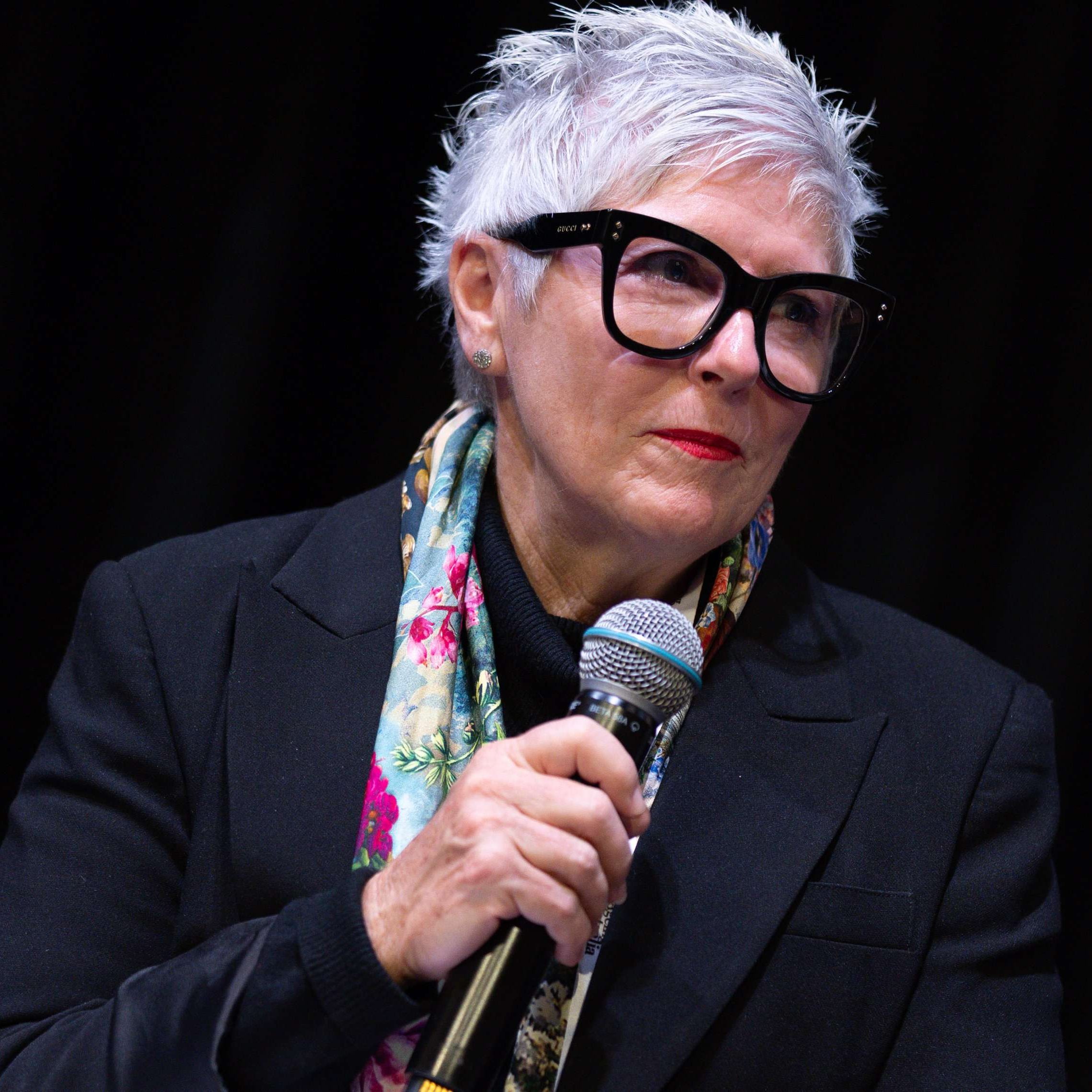
Having open and honest conversations about what the organisation is trying achieve is an important part of tangible action, said Mission Australia director of nursing Lorna O’Brien, but defining the organisation’s goals should happen before implementing it into performance, care and strategic plans.
Offering multicultural staffing and services is similarly critical, added Multicultural and diversity advisor Maria Gorton.
“There are 42 different nationalities in one place. It’s a hell of a job to try and accommodate everyone, but we’ve got to because that’s what we do,” she said.
“That’s what we are. So, you really do have to be open [and] walk the walk. If we can’t do this today, okay, we’ll get it for tomorrow. But be open and honest with your clients, regardless of where they are.”
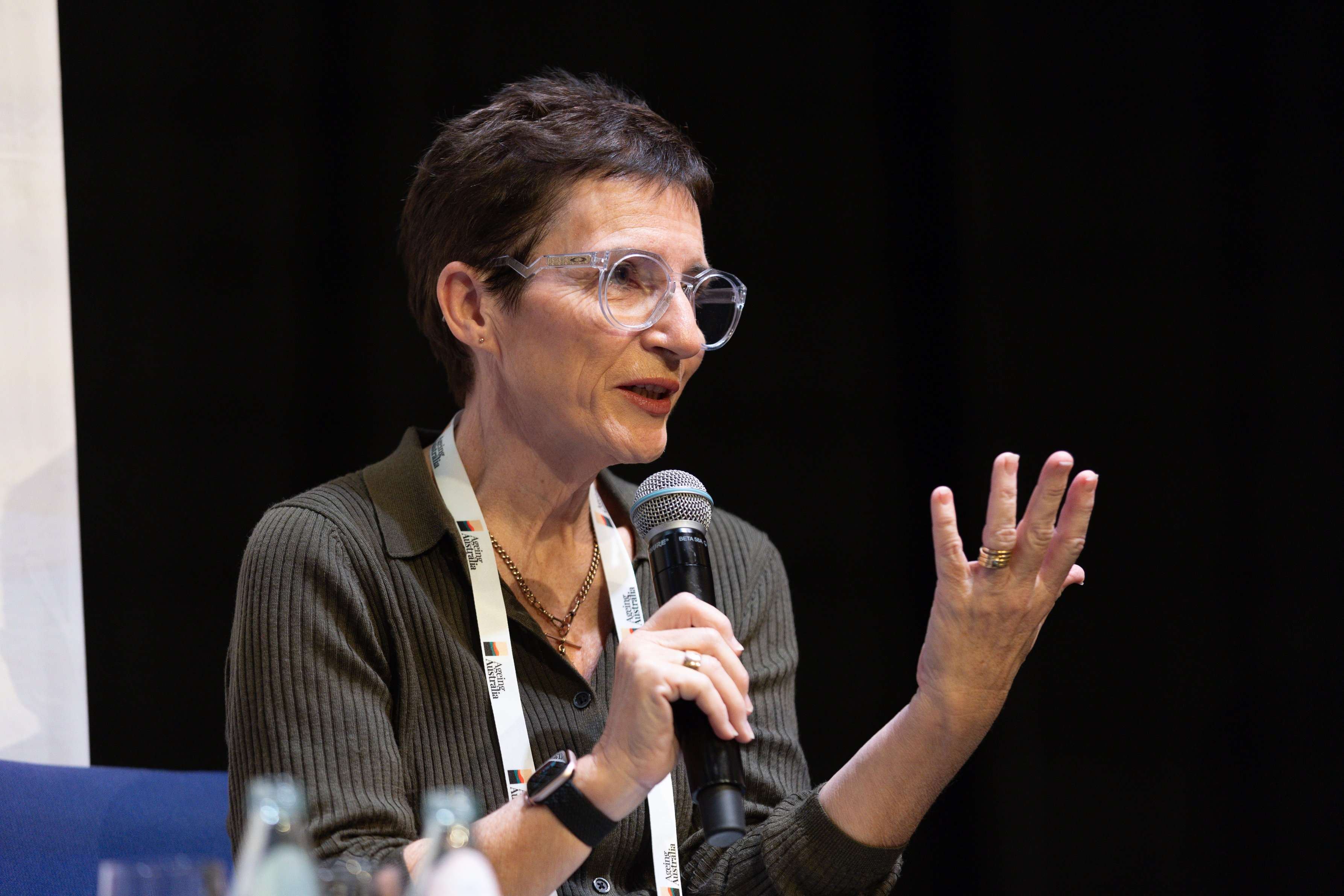
Learn who people are
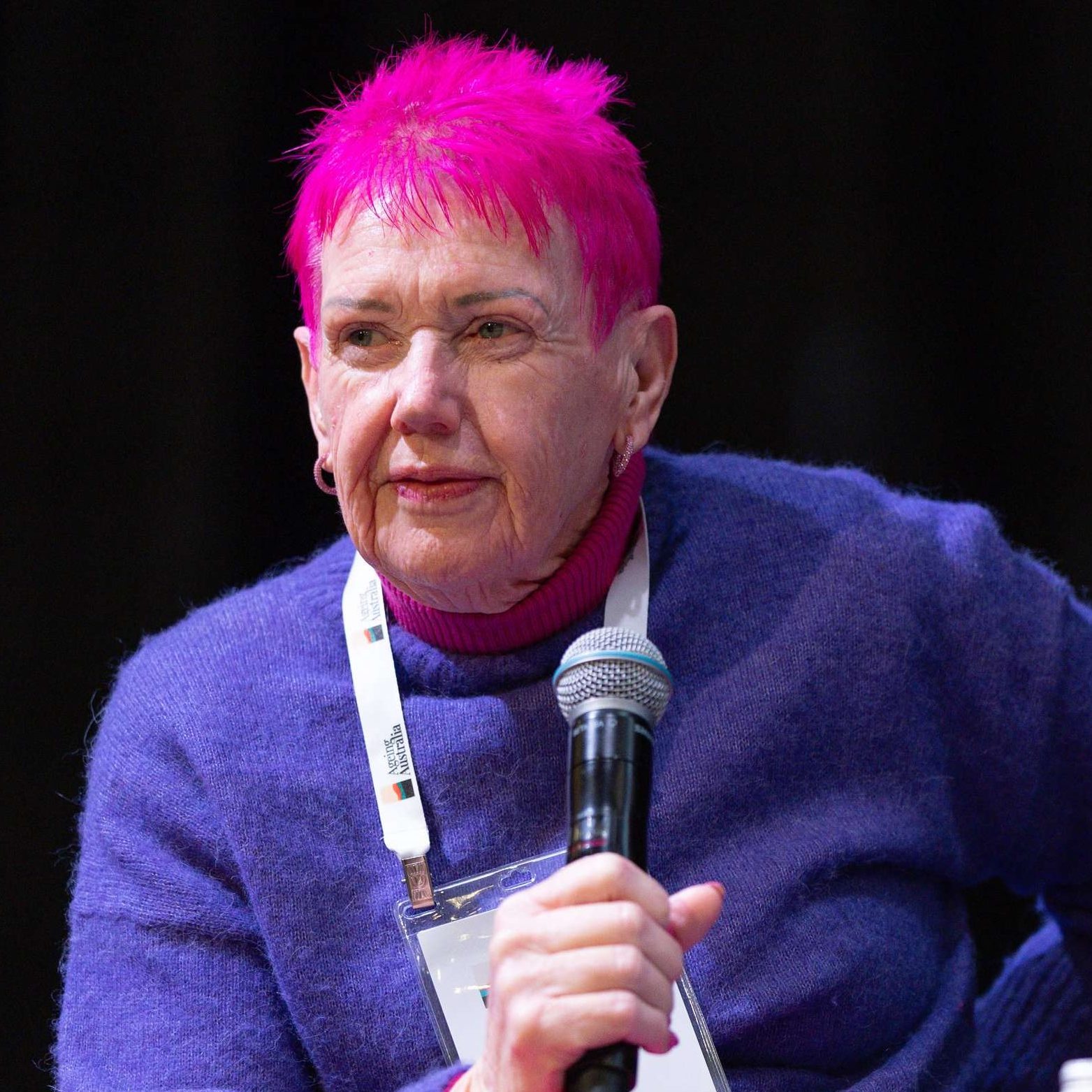
A simple but effective way to ensure inclusiveness and comfort is through food, care recipient Gwenda Darling told delegates. But to provide culturally appropriate care you have to take the time to learn who the person is, she added.
One home dedicated to providing culturally appropriate care is Gallipoli Home, located in Sydney’s western suburb of Auburn.
Resident Sevim, who is 89 and of Turkish origin, said the provision of Turkish food, made by a Turkish chef, made her feel like she is back in her own kitchen.
Residents at Gallipoli Home speak a range of languages, including Turkish, Arabic and Urdu, and Sevim said the staff’s understanding of language and culture has also made a huge difference.
“When someone speaks Turkish with me, I feel seen. It’s not just the food – it’s the feeling,” Sevim said.

Gallipoli Home has been nominated for Ageing Australia’s national You Are ACE! award, which recognises aged care workers and organisations excelling in the sector, with Ageing Australia chief executive officer Tom Symondson saying the model of care at Gallipoli Home reflects the multicultural nature of Australia.
“As our population ages, the face of ageing is changing. We must build a system that truly reflects and respects the multicultural fabric of this country,” said Mr Symondson.
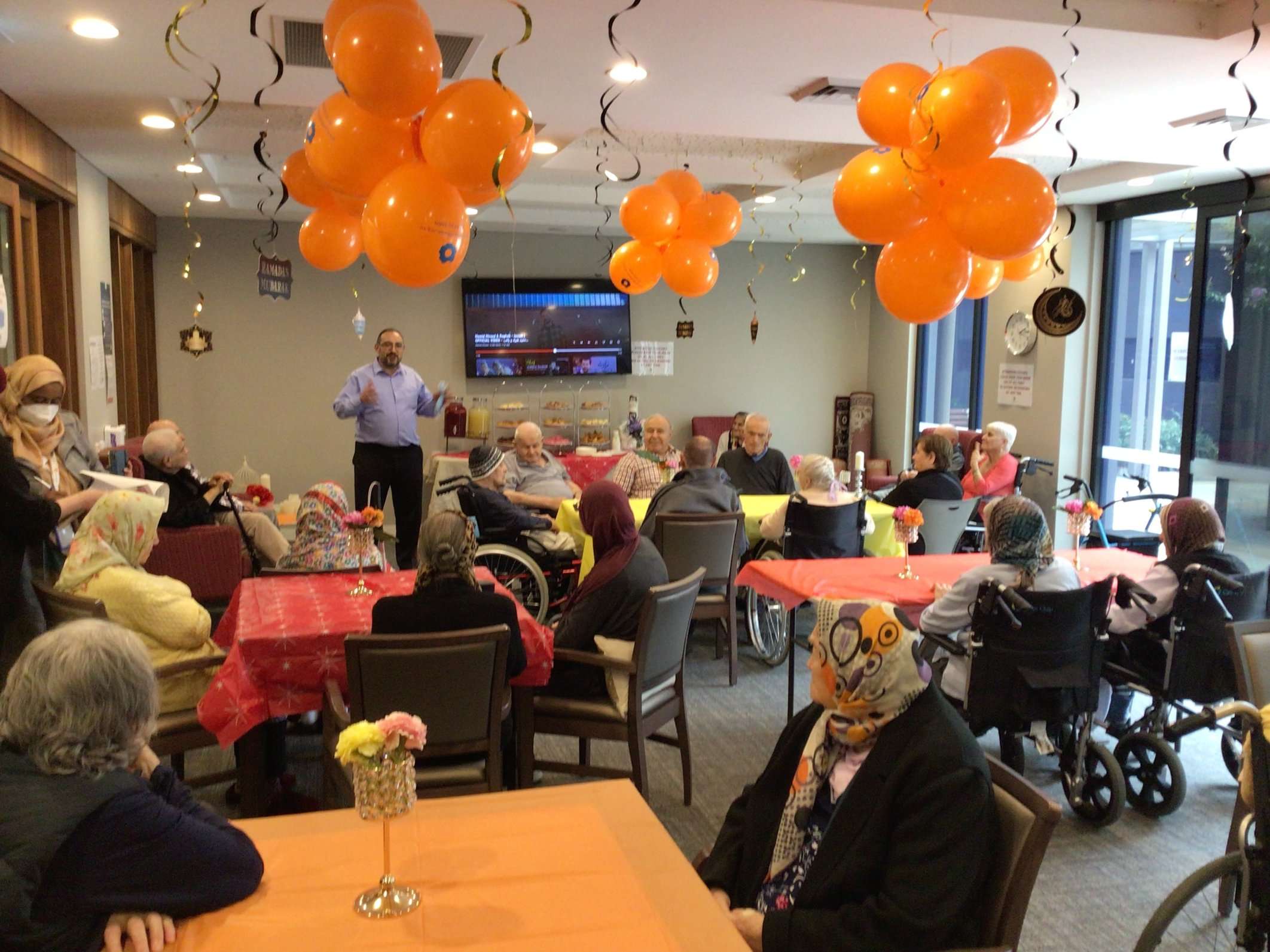
Models of care that embrace diversity are also important for preventing worker burnout, and Manita Khadka, a team leader at Gallipoli Health who moved to Australia from Nepal, said the diverse staff and residents made the centre inviting.
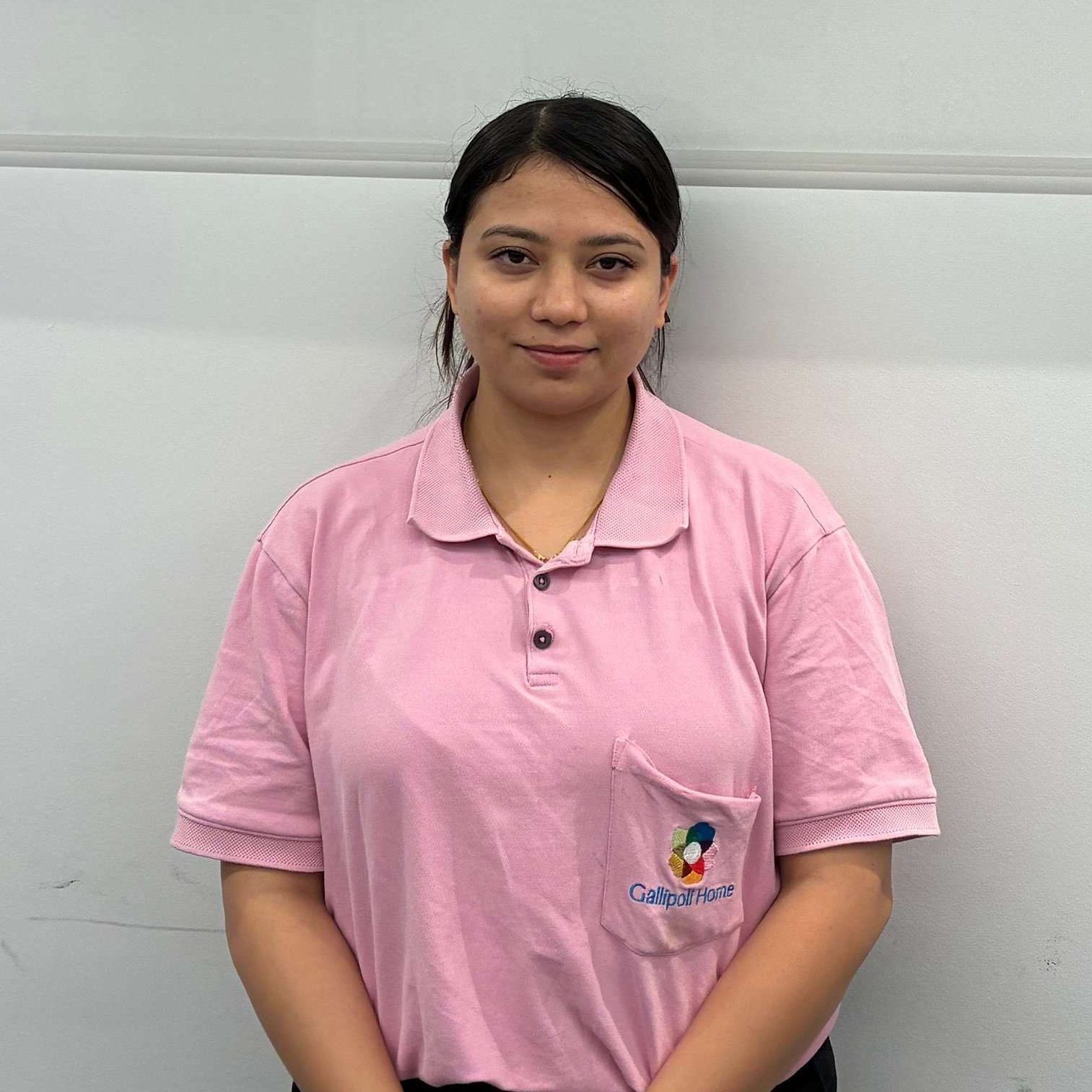
“I spend more time here than at home,” she said. “The residents treat me like their granddaughter. I’ve even learned bits of Turkish and Arabic through my interactions with people here.”
Taking the time to actually learn the needs of an older person is also crucial for older LGBTQ+ people, Mr Lopez told conference delegates.
“We come to settings without the assumption of safety,” he said, “so we really need those cues, and we also need to know that we’re understood.”
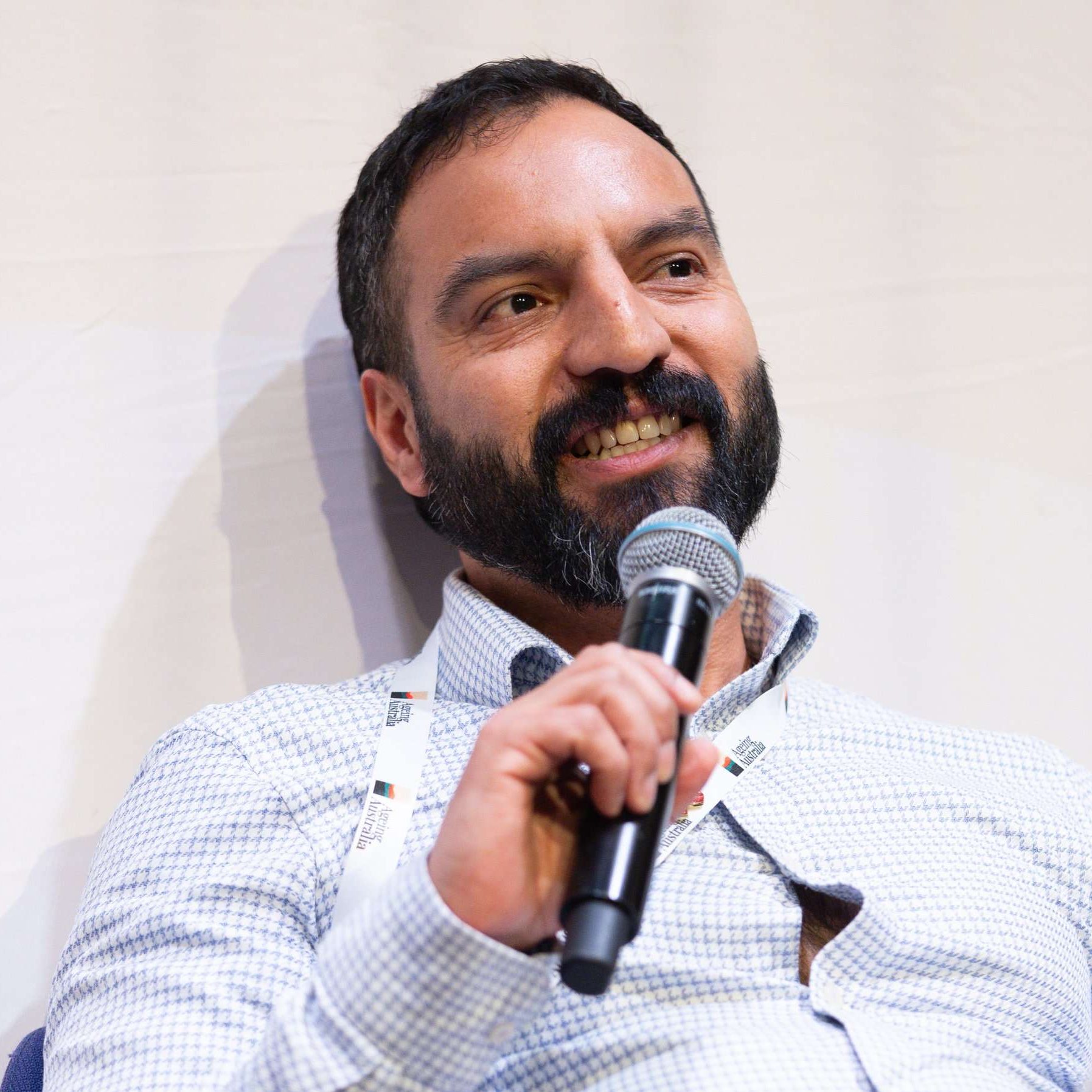
“Because LGBTQ+ identities have been kept out of sight, because they haven’t been talked about openly, because there’s been stigma around it, a lot of people don’t have information about what it means, who we are, that our family structures might be different.”
For many people, entering aged care can be an isolating experience, and Wyanga Aboriginal Aged Care Program chief executive officer Jarin Ingram-Baigent said many older people have expressed their fear of community being lost.
She also called for better support to be given to smaller homes that provide a more intimate, community-driven approach to aged care.
“Nobody who’s looking after vulnerable people should be vulnerable [in] this year, in this time, in this age. So I think the biggest fear is not being understood as part of the community. And when our mob lead that, which we have in Redfern for 30-plus years, it works,” Ms Ingram-Baigent added.
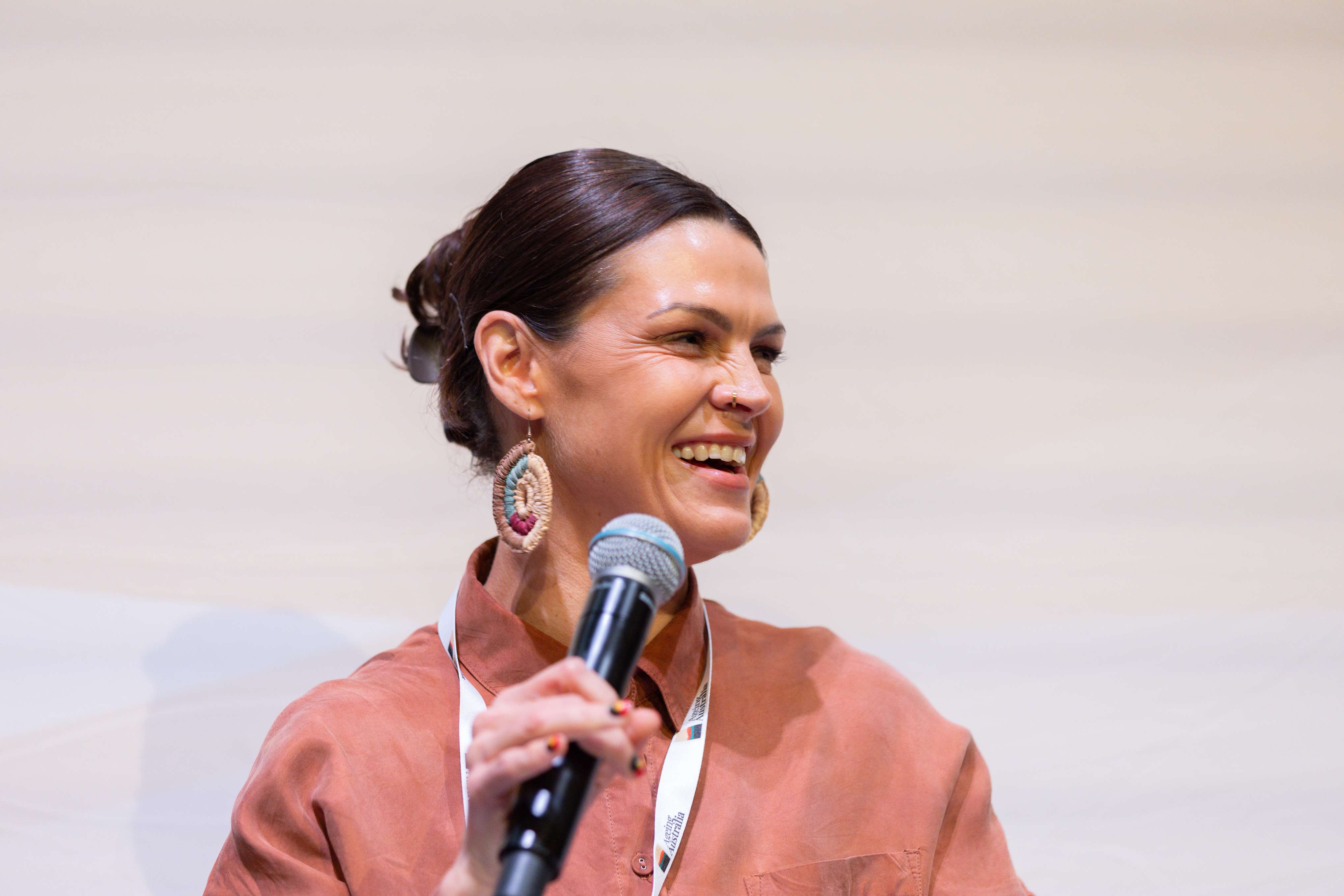
Embedding inclusion into workforce practices
While symbolic gestures such as rainbow flags, culturally appropriate interior decoration or translated information being available are all part of cultivating an atmosphere of inclusion and safety, Ms O’Sullivan said management also needs to provide staff an opportunity to make mistakes.
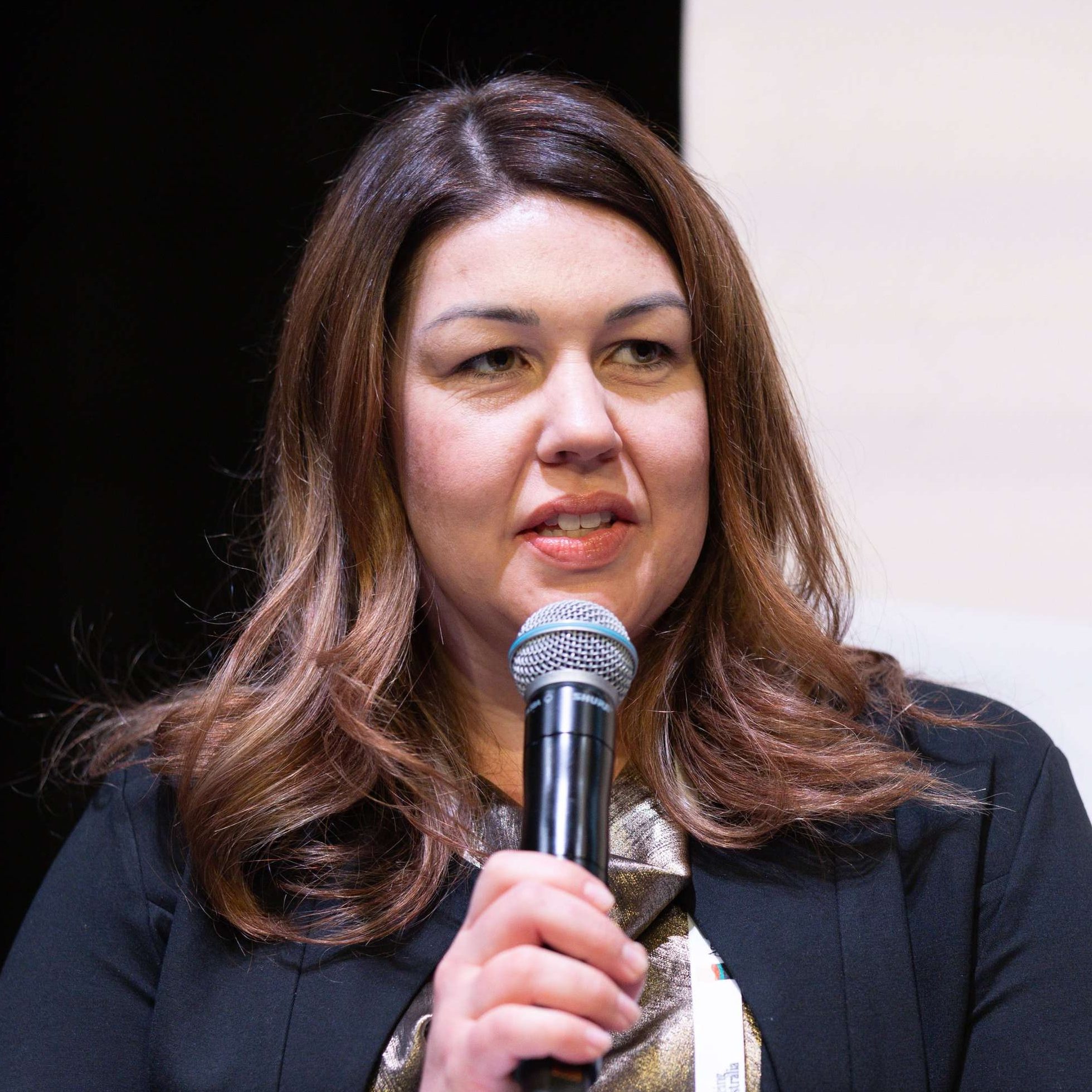
“When we train in these spaces, we often give information to our staff and that’s great as a starting point, but it’s about teaching the how and the doing and how we can get staff to sit with discomfort, and that takes practice,” Ms O’Sullivan said.
“And so when I’m out there in the sector and we’re training, we’re delivering these programs to organisations and to services, one of the things that I’ll focus on is the dreaded role play and I know the training participants never like it, but that’s how we get better at having these conversations, and it’s the practice in the safe space.”
Both Ms O’Sullivan and HammondCare general manager growth and innovation Marie Alford – who facilitated the panel’s discussion – said encouraging staff to look at culturally-appropriate care as a need not a preference is foundational to this.
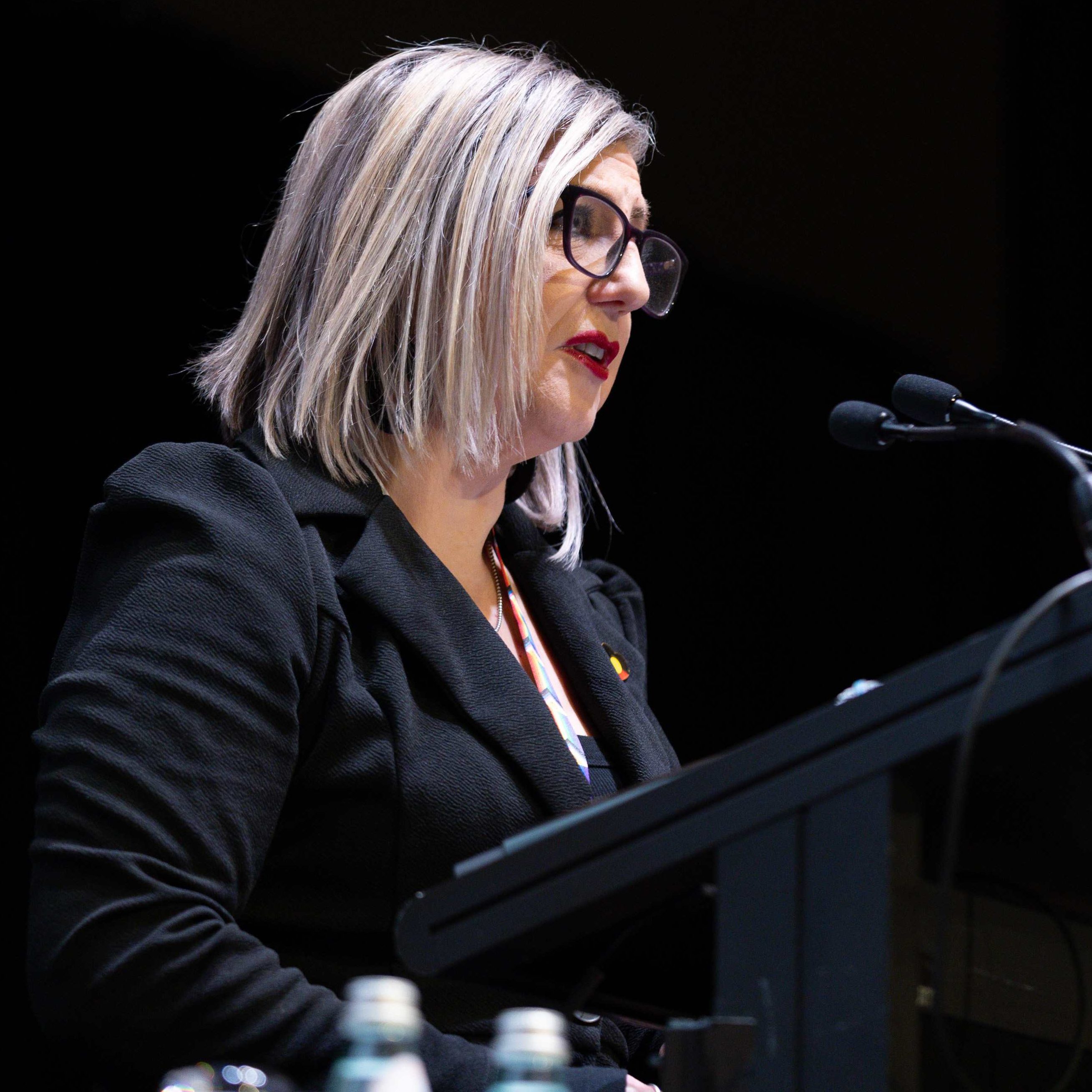
“Words are really powerful and intention doesn’t outweigh impact. So we might be well-intentioned when we’re delivering our services, but unless we, again, unpack with reflective practice… I think that’s how we’re going to make a difference in the change of approach and practice, particularly from the frontline staff…” said Ms O’Sullivan.
The management and leadership team needs to show the workforce they are engaging in this too, Ms Gorton added.
“I think as managers, leaders, whatever, we have to be prepared to do it ourselves, she said. “Whatever training we deliver to staff, we do it.”
“I love getting out there and doing lots of things because I don’t think they can believe anything unless the managers or whoever are doing it as well… and if we don’t have that buy-in, we won’t get it. It’s got to be an expectation from our workforce of acceptance, of inclusion, regardless.”
Ms Alford added: “We won’t always get it right, but we do need to hold our organisations accountable and move people on if they are the wrong people. Because this is an organisation, a sector, [where] you don’t get a second chance, really.”
Comment on the story below. Follow Australian Ageing Agenda on LinkedIn and Facebook, sign up to our twice-weekly newsletter and subscribe to AAA magazine for the complete aged care picture.








